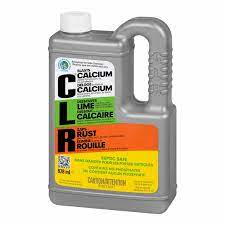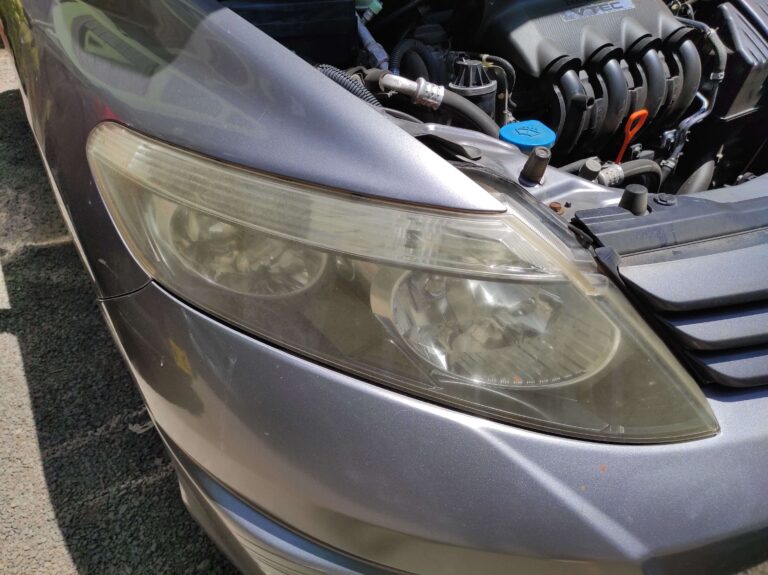Can CLR restore headlights?
CLR denotes Calcium Lime and Rust remover. Its components contain water, lactic acid, gluconic acid, and other ingredients. It is mainly used to restore hard surfaces like tiles, kitchen countertops, sinks, and similar areas. It is good at removing watermarks, heavy calcium deposits, and rust.
Headlights being plastic and paint sensitivity might not be suitable to be worked on by this chemical. Headlights change because of long exposure to the Sun’s UV rays. It is the same reaction that occurs when newspapers are exposed to sunlight. It also explains why the glossy magazine coating has UV protection to prevent oxidation.

Restoring
As good as CLR is, it is not a good idea to restore headlights with it. Here are some reasons why:
- There is a high chance that CLR will damage the paint because it is acidic. The areas surrounding the headlight might get damaged. Repairing this damage might result in more expenses because the car needs to be repainted.
- CLR might melt the headlight because headlights are made of plastic. This will result in the headlights being sticky too. Repairing this might take more research and looking into other alternatives to repair and restore the headlight.
- Even if CLR manages to clear the headlight, it will not be effective enough to restore it completely. Demonstrations have been done where CLR was used on headlights, and none reveals a clear headlight afterward.
Summary
CLR is used to restore hard surfaces with little to minimal damage. It mainly works well when restoring surfaces with calcium deposits and rust removal.
Its acidic nature makes it very sensitive to paint, plastic, and rubber surrounding a car’s headlight. There are much safer alternatives to get the job done without the risk involved.






